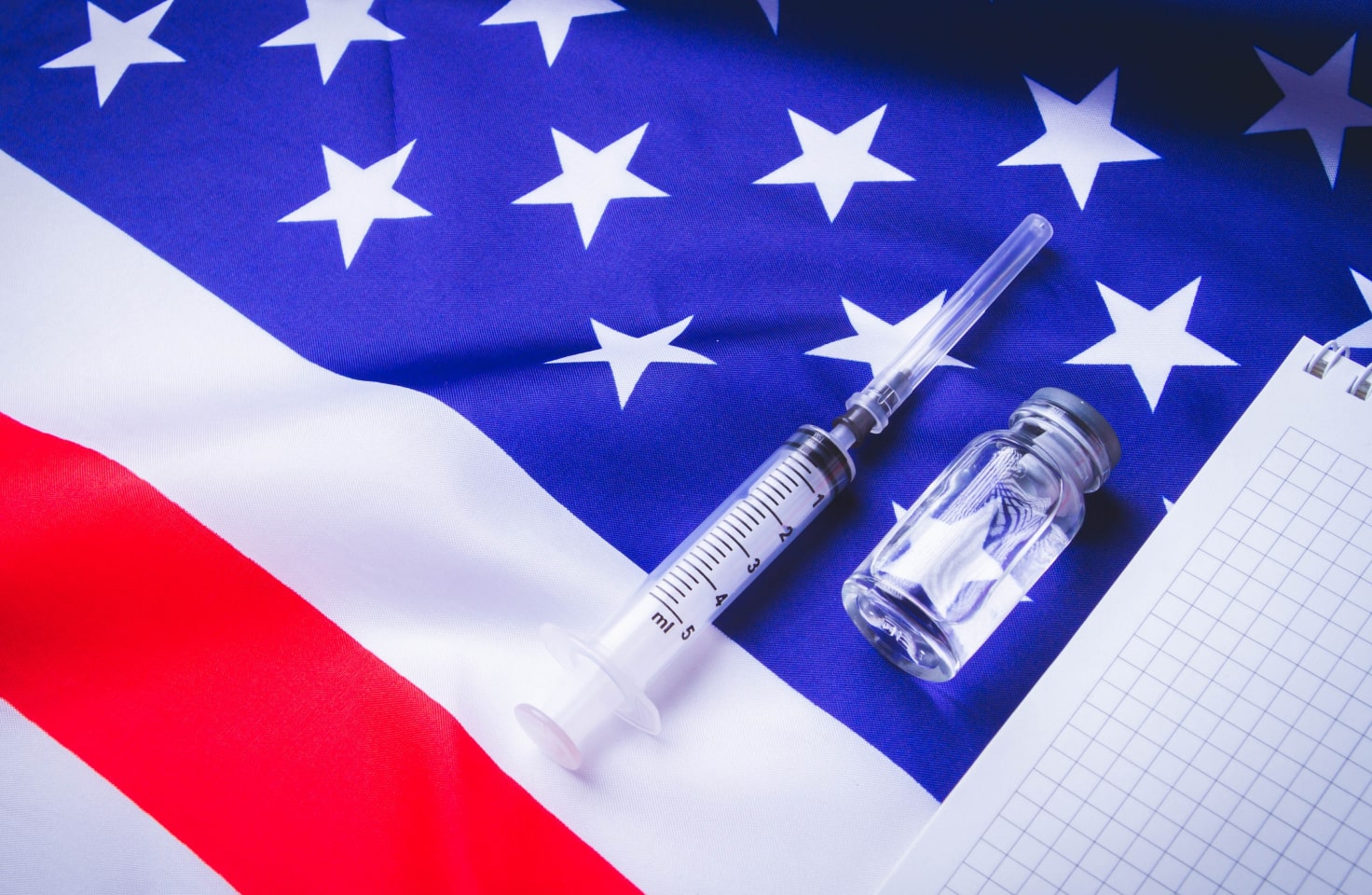T1D Guide
T1D Strong News
Personal Stories
Resources
T1D Misdiagnosis
T1D Early Detection
Research/Clinical Trials
Type 1 Diabetes and the Flu
With type 1 diabetes, if you catch the flu, not only do you have flu symptoms, but they can often magnify and become much worse. In addition, blood sugars rise to unsafe levels as your body battles to get better. Then there’s the awful feeling when you can’t keep food or liquids down and a raging fever that makes you feel increasingly worse.

When you have type 1 diabetes, there are many things that you try to avoid. This time of year, the flu is at the top of that list. As temperatures drop outside, it leaves many with rising temperatures inside.
The Centers for Disease Control and Prevention recommends getting a flu vaccine to prevent the infection and its potentially serious complications, e.g., nausea, vomiting, fever, body aches, chills, headache, runny and/or stuffy nose are just some of the symptoms accompanying the flu.
These ailments can increase and sometimes worsen when you have T1D. The side effects include inflammation, dehydration, pneumonia, and secondary infections such as bronchitis, an ear infections. Other symptoms and flu complications can be found on the CDC website.

The Dangers of TID and the Flu
Get Prepared!
Being prepared is the best thing you can do just in case the flu or other illness pays you a visit. Outside of a flu vaccination to offer protection against the disease, here are some other recommendations from the CDC:
- Keep a two-week supply of your medications on hand.
- Have glucose gel or juice close by for lows.
- Additional over-the-counter (OTC) medicine and any other medical supplies you might need.
- Sports drinks (Gatorade Zero, which includes electrolytes that can often be reduced when ill, is a personal favorite). Being hydrated feels much better than being dehydrated.
- Broth, soups and gelatin.
- Diet soft drinks.
- Sugar-free popsicles.
- Crackers.
- Applesauce.
- Any of your personal favorite remedies.

Blood Sugar Levels with the Flu
It’s often challenging as a type 1 to be sick, and it is vitally important to keep close track of your blood sugar levels. When ill, these levels can often go very high and then often drop low once you bolus insulin and/or you begin getting better. This fluctuation can be challenging to decipher, so it’s essential to be aware of the variances and the direction it’s moving.
Pro Tip: The flu bug often spreads to friends and family without you even knowing. That is why it is SO important to keep faucets, counters, steering wheels and any items you come in contact with wiped down.
Healthy Habits to Protect Against the Flu
1. Washing your hands protects you and those you love from cold and flu germs! Do it as often as you can, for at least 20 seconds.
2. Don’t touch your face! Since writing this, I have caught myself touching my face at least seven times! You must avoid touching your eyes, nose or mouth as much as possible. That’s how someone else’s germs and illness easily spread to you!
3. Don’t share – please, just stay home when you are sick!!!
4. If you need to go out when you are ill,” avoid close contact with others!” It would be great to stop germs in their place so we can look forward to an end to the flu. I vote for that!
5. Cover your nose and mouth when coughing or sneezing. It helps so you don’t share your germs and illness.
6. Put additional health habits into practice. Clean and disinfect at home, work and/or school, especially when you or someone else is ill, even when they are not, because we all can invertedly pick up another extra germ or two. They tend to be sneaky!
You can spread the flu even before you know that you have it. One of the best practices we can get into is ensuring we keep our hands and those around us clean! This is generally where/how we tend to get sick!
Remedies That Help
When You Have the Dreaded Flu (or Cold), The Mayo Clinic Recommends:
1. Staying hydrated – water, juice, clear broth, and warm lemon water with honey help loosen congestion and prevent dehydration. Warm liquids such as tea, chicken soup, apple juice and broth can be soothing and make you feel more comfortable when sick.
2. Rest – your body needs rest to help it heal.
3. Humidifying the air makes it much easier to breathe.
4. To help relieve a sore throat, dissolve ¼ to ½ of a teaspoon of salt into 8 oz of warm water and gargle to help relieve sore throat pain.

Pro Tip: Avoid alcohol, coffee and caffeinated sodas that worsen dehydration.
5. Honey – this may help coughs in adults and children older than 1. Try it in hot tea.
6. Using over-the-counter saline nasal drops can help relieve stuffiness and congestion.
7. Relieving pain – To help, you can use aspirin, acetaminophen (Tylenol, others), or ibuprofen (Advil, Motrin IB, others).
8. Over-the-counter (OTC) cold and cough medications may relieve symptoms.
Sick Day Rules
The CDC also recommends staying home for at least 24 hours after your fever is gone except for medical care or other necessities. Your fever should be gone without using a fever-reducing medicine, such as Tylenol®. Until then, you should stay home from work, school, travel, shopping, social events, and public gatherings.


.webp)





.webp)
.jpg)
.jpeg)
.jpg)
.jpg)
.webp)
.jpg)
.jpg)
.jpg)



.jpg)

.jpg)

.jpg)



.jpg)
.jpg)
.jpg)

.jpg)

.jpg)














.jpg)


.jpg)







.webp)












.webp)





























.jpg)




.jpg)














.webp)